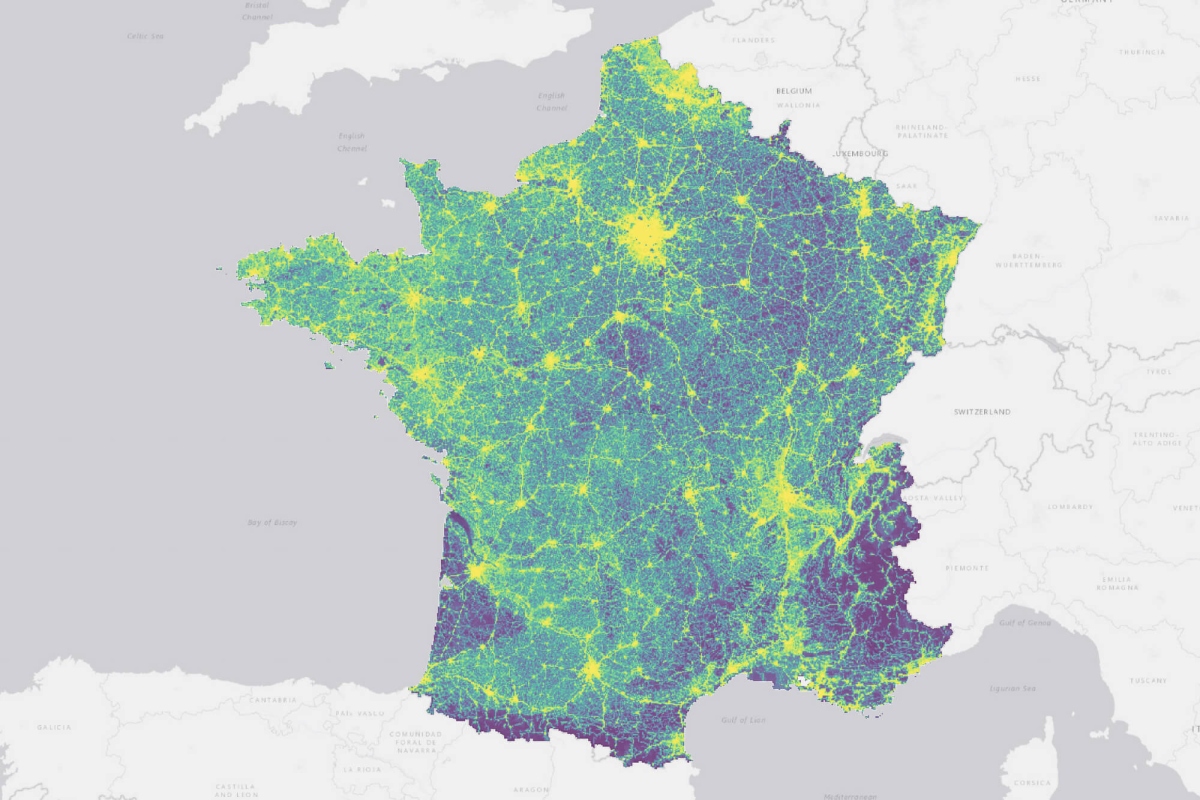
Paris is on a promising track to meet its 2030 climate targets – but the city’s ambitious goal of becoming carbon-neutral by 2050 will require a far more significant set of actions. This is the central finding of a recent ICOS Cities study using a new climate scenario tool.
If Paris’s climate action plan is fully implemented, the city should be on track to meet its 2030 climate target.
“However, the current policy package falls short of the city’s 2050 net-zero goal,” says Dr Ivonne Albarus, who is part of the team behind the ICOS Cities study.
The findings also reveal a critical socio-economic dimension of climate action, with significant differences in how emissions are being reduced across the Paris metropolitan area, between the urban core and the suburbs.
“For example, the wealthiest central districts are seeing substantial reductions, especially in the traffic sector, thanks to strategies like the city’s Low Emission Zone (LEZ). However, in the less affluent suburbs, residents still rely heavily on personal vehicles, limiting the impact of these urban policies,” Dr Albarus explains.
In Paris’s less prosperous eastern suburbs, the residential sector also holds a significant potential for emissions reductions, as many of these neighbourhoods have older, less energy-efficient buildings.
“Low-income neighbourhoods, particularly in the eastern parts of the city, offer the greatest reduction potential but are also the most vulnerable to the costs and constraints of climate policies, such as mandatory renovations and traffic restrictions,” says Dr Albarus. “This is why social inequalities must be considered in policy design.”
While the study concludes that Paris is well-positioned for its 2030 targets, a full transition by 2050 is not yet guaranteed. It will require a comprehensive push to expand policies across the entire metropolitan area, invest in public transport, and accelerate the adoption of new technologies.
“In short, Paris must act quickly, design its policies in a socially just way, and scale up its ambitions beyond the current trajectory to ensure both 2030 and 2050 goals will be achieved,” says Dr Albarus. “Using science to navigate this complex urban landscape is the key to turning ambitious climate goals into measurable, equitable progress.”

New tool combining emissions with climate action policies
The ICOS Cities’ study used the Origins.earth Dynamic Inventory, a powerful new tool which provides a detailed look at urban CO2 emissions:
- It enables cities to evaluate whether their climate actions are yielding the expected results and to see where adjustments are needed.
- It processes information from over 80 data- bases to create a detailed emissions map.
- It enables the quantification of the impact of key mitigation measures in building and transportation sectors.
- It maps how different climate action scenarios would affect future CO₂ emission reductions.
